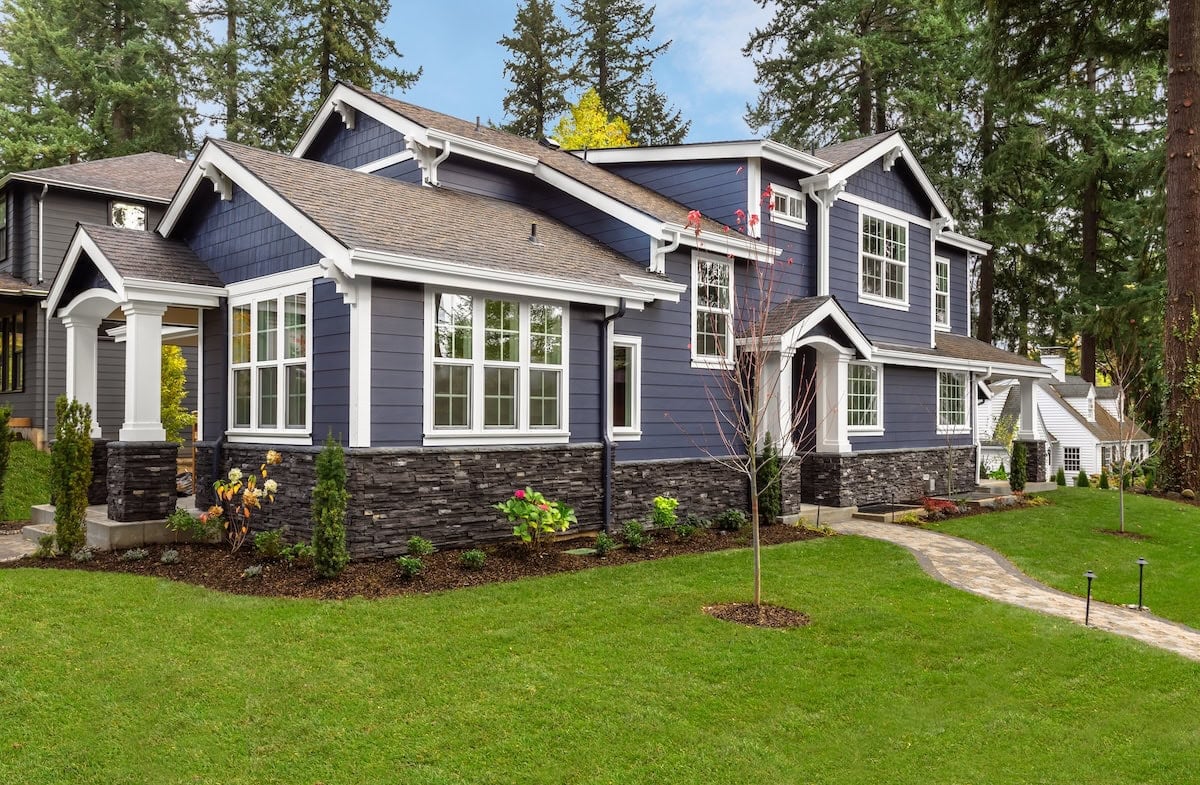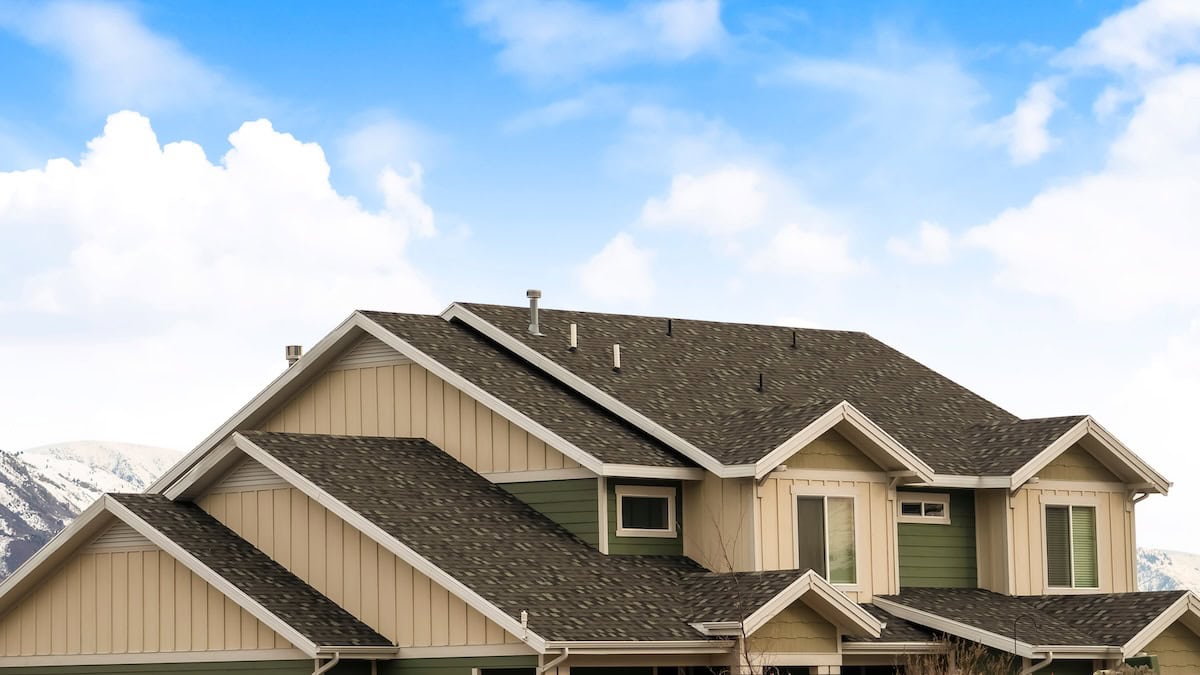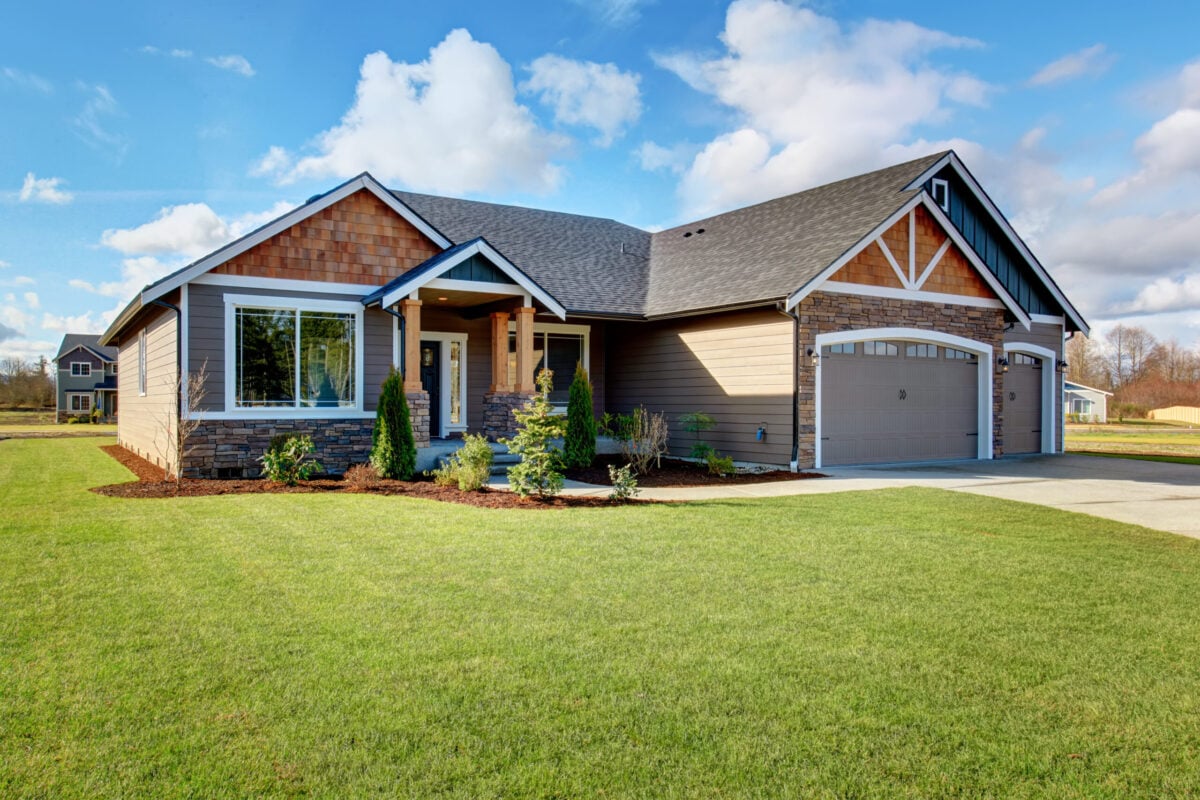Installing a new roof represents one of your home’s most significant investments. Understanding the different roof warranty options available protects that investment and provides peace of mind for years to come. A comprehensive warranty ensures you’re covered against defects, workmanship issues, and material failures that could otherwise cost thousands in repairs.
When selecting residential roofing services, it’s crucial to understand what warranty coverage comes with your investment. Different warranty types offer varying levels of protection, and knowing these options helps you make an informed decision about your roofing project.
This comprehensive guide will cover:
- The importance of roof warranties for homeowners
- Common warranty types and their coverage details
- Key factors that affect warranty validity
- How to maximize your warranty protection
🏠 Why Roof Warranty Coverage Is Important

A roof warranty serves as your financial safety net after installation completion. Without proper warranty protection, you could face unexpected repair costs that quickly add up to thousands of dollars.
Roof warranties matter because they provide several critical benefits for homeowners:
- Financial Protection: Covers repair or replacement costs for covered defects
- Peace of Mind: Reduces stress about potential roofing problems
- Quality Assurance: Indicates the contractor’s confidence in their work
- Property Value: Transferable warranties can increase home resale value
- Long-term Security: Protects your investment for decades
⭐️ 5 Common Roof Warranty Options for Your New Roof Installation

Understanding the different warranty types helps you choose the best protection for your specific situation. Each warranty type offers distinct coverage levels and duration periods.
1. Manufacturer’s Material Warranty
Manufacturer warranties cover defects in roofing materials themselves. These warranties typically last 20-50 years depending on the material quality and manufacturer.
- Coverage includes manufacturing defects in shingles, underlayment, and flashing
- Does not cover installation errors or storm damage
2. Contractor’s Workmanship Warranty
Workmanship warranties protect against installation errors and craftsmanship issues. Most reputable contractors offer 1-10 year workmanship guarantees.
- Covers leaks caused by improper installation
- Includes repairs for inadequate flashing or ventilation issues
3. System Warranty
System warranties combine material and workmanship coverage into one comprehensive package. These are often available through certified contractors using specific manufacturer products.
- Provides single-source warranty coverage
- Typically offers longer protection periods than separate warranties
4. Extended Warranty Options
Extended warranties go beyond standard coverage periods. These optional warranties may cover additional components or extend coverage duration.
- May include coverage for accessories like gutters and ventilation
- Often requires regular maintenance to remain valid
5. Insurance-Backed Warranties
Some contractors offer insurance-backed warranties that remain valid even if the contracting company goes out of business. These provide additional security for long-term protection.
- Protects against contractor business failure
- Usually requires third-party insurance company backing
⚖️ Understanding Warranty Terms and Conditions

Warranty effectiveness depends heavily on understanding the specific terms and conditions. Reading the fine print prevents surprises when you need to file a claim.
Coverage Limitations and Exclusions
Most warranties come with exclusions, meaning they do not cover every possible issue. It’s important to understand these limitations to avoid surprises. Common exclusions include:
- Damage from natural disasters: Events like floods, earthquakes, or hurricanes are typically not covered.
- Normal wear and tear: Over time, materials deteriorate naturally, and warranties often exclude these inevitable changes.
- Improper maintenance: If the damage is caused by neglect or incorrect maintenance practices, it may void your warranty.
Maintenance Requirements
To keep a warranty valid, homeowners are usually required to perform regular upkeep. These requirements ensure the product or service remains in good condition. Examples include:
- Annual inspections: Regular professional inspections can help identify potential issues early.
- Gutter cleaning: Keeping gutters free of debris prevents damage to roofs, siding, and foundations.
- Prompt repair of minor issues: Addressing small problems quickly can prevent bigger, costlier repairs down the line.
Transfer Policies
A transferable warranty can significantly increase the value of your home when selling. Transfer policies vary by provider but usually fall into two categories:
- Automatic transfers: Some warranties transfer to the new owner without additional steps.
- Formal transfer procedures: Others require paperwork, a transfer fee, or meeting other specific conditions.
Claim Procedures
Knowing how to file a warranty claim ensures quick and effective issue resolution. Most warranties have strict guidelines for filing claims. Key steps often include:
- Prompt notification: Notify the warranty provider as soon as the issue is identified.
- Required documentation: Be prepared to provide proof of purchase, photos of the issue, and any related maintenance records.
- Follow-up process: Stay in touch with the provider to ensure your claim is processed smoothly and within the stated timeframe.
💡 Maximizing Your Roof Warranty Value
Getting the most from your roof warranty requires proactive steps during installation and throughout the warranty period. Proper planning and maintenance keep your coverage intact when you need it most.
Taking these steps maximizes your warranty protection and ensures coverage remains valid throughout the warranty period. Working with experienced professionals like K&D Roofing provides access to comprehensive warranty options and expert guidance.
Schedule regular roof inspections to identify potential issues before they become major problems. Document all maintenance activities and keep detailed records of your roofing system components. Choose high-quality materials from reputable manufacturers with strong warranty reputations.
🛡️ Protect Your Investment with Professional Installation
Understanding roof warranty options empowers you to make informed decisions about your roofing investment. The right warranty combination provides comprehensive protection against material defects, workmanship issues, and unexpected problems that could otherwise prove costly.
When you’re ready to explore warranty options for your new roof installation, contact the experienced professionals at K&D Roofing. Our GAF Master Elite certification ensures access to premium warranty options, and our commitment to quality workmanship provides the foundation for long-lasting protection.
Schedule your free roof inspection today to discuss warranty options that best fit your needs and budget. Our team will help you understand available coverage options and ensure your new roof comes with comprehensive protection for years to come.

